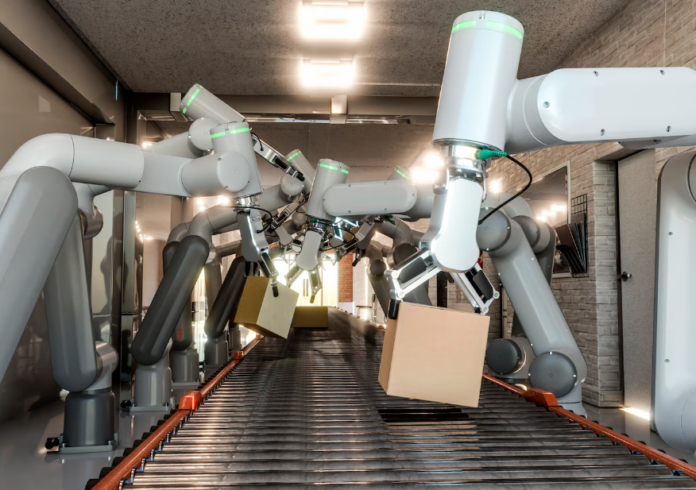In the ever-evolving landscape of the global food industry, the demand for stringent food safety standards has never been higher. Rising consumer expectations, increased regulatory scrutiny, and the complexities of international supply chains have created a fertile ground for technological innovation. At the forefront of this transformation are next-generation technologies that promise not only to enhance food safety but also to provide significant operational and business advantages. From smart sensors to blockchain and artificial intelligence, these tools are redefining how companies approach safety, compliance, and efficiency.
One of the most significant developments in food safety is the integration of smart sensors and Internet of Things (IoT) devices. These sensors can monitor temperature, humidity, and contamination risks in real-time throughout the supply chain. For example, cold chain logistics now rely on IoT sensors to ensure perishable goods remain within safe temperature ranges from production to retail. This not only reduces the risk of spoilage but also strengthens traceability, enabling companies to quickly identify and isolate issues before they escalate into widespread recalls.
Blockchain technology is also gaining traction as a trusted method for traceability and transparency. By providing an immutable digital ledger, blockchain allows every stakeholder in the supply chain to verify the history and handling of food products. Companies like Walmart and Nestlé have already begun piloting blockchain systems to trace produce and dairy products, reducing the time it takes to track a source from days to seconds. This kind of visibility is not only a boon for food safety—it is becoming a competitive differentiator in an industry where consumer trust is paramount.
Artificial Intelligence (AI) and machine learning are further amplifying safety efforts by predicting risks before they occur. AI-driven analytics platforms can process massive datasets from production lines, identify patterns, and flag anomalies that may indicate contamination or system failures. Combined with automation, these insights empower proactive decision-making and continuous improvement.
From a business perspective, the adoption of industrial automation solutions is accelerating. These systems integrate robotics, machine vision, and advanced software to minimize human error, enhance precision, and ensure regulatory compliance at scale. For manufacturers, the result is not just safer food—but also reduced waste, lower labor costs, and improved throughput.
Looking ahead, regulatory agencies and businesses alike are likely to increasingly embrace these technologies as standard practice. Public-private partnerships, innovation hubs, and investment in food-tech startups will play a key role in driving this evolution.
In conclusion, the future of food safety lies in a data-driven, automated, and transparent ecosystem. For businesses willing to invest in next-gen technologies, the reward is twofold: safer products for consumers and a stronger, more resilient operation poised for growth in a competitive market.


